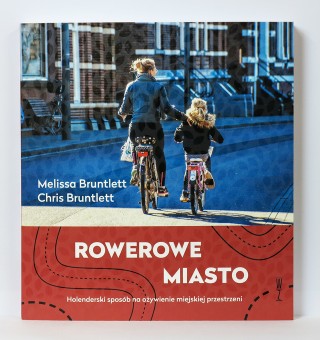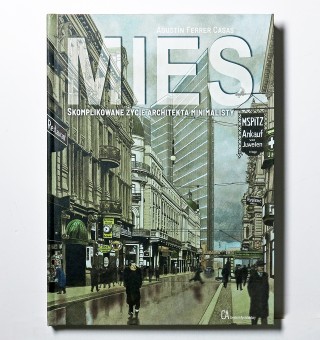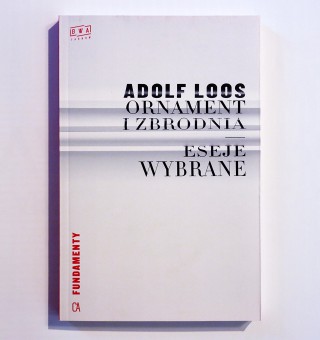An album-like publication co-published by the Tychy City Museum and Szpalanka Lab. It is the third part of a monographic series of the monumental sacral realisations of the Cracovian artist in the Polish lands. The first two volumes, which set the editorial standards and the final shape of the graphic design of the entire series, are: “Nowosielski in Malopolska. Sacred Art’ (Kraków 2015) and ‘Nowosielski - Sacred Art. Podlasie, Warmia and Masuria, Lublin’ (Białystok 2019).
 This lavishly illustrated publication discusses works of sacred art by one of the most eminent Polish painters of the 20th century: icons, iconostasis, polychromes, interior arrangements and liturgical furnishings - both realised and those no longer in existence, or preserved only in the form of a project - from the area of Upper and Lower Silesia. Jerzy Nowosielski’s works decorate the interiors of such churches as the Roman Catholic Church of the Holy Spirit in Tychy (Żwaków district), the Orthodox Cathedral of the Nativity of the Holy Mother of God in Tychy, and the Church of the Holy Cross in Kraków. His paintings can be found in the collections of the National Museum in Wrocław, as well as museums in Chorzów, Bytom, Katowice, Opole, Tychy and Częstochowa. An important part of the book, apart from the story of the fate and functioning of the objects and furnishings of the temples in Jelenia Góra and Wrocław, is the history of the creation and documentation of the author’s great, coherent work - the polychrome and interior design of the Church of the Holy Spirit in Tychy. Holy Spirit Church in Tychy.
This lavishly illustrated publication discusses works of sacred art by one of the most eminent Polish painters of the 20th century: icons, iconostasis, polychromes, interior arrangements and liturgical furnishings - both realised and those no longer in existence, or preserved only in the form of a project - from the area of Upper and Lower Silesia. Jerzy Nowosielski’s works decorate the interiors of such churches as the Roman Catholic Church of the Holy Spirit in Tychy (Żwaków district), the Orthodox Cathedral of the Nativity of the Holy Mother of God in Tychy, and the Church of the Holy Cross in Kraków. His paintings can be found in the collections of the National Museum in Wrocław, as well as museums in Chorzów, Bytom, Katowice, Opole, Tychy and Częstochowa. An important part of the book, apart from the story of the fate and functioning of the objects and furnishings of the temples in Jelenia Góra and Wrocław, is the history of the creation and documentation of the author’s great, coherent work - the polychrome and interior design of the Church of the Holy Spirit in Tychy. Holy Spirit Church in Tychy.
The high level of substantive content, reflecting the current state of research into Nowosielski’s art, was ensured by Krystyna Czerni, a thorough researcher of his life and work, the author of the text and, among other things, the artist’s biography The Bat in the Temple, which reached the final of the Nike Literary Award.
Jerzy Nowosielski’s sacred art has not yet received reliable, comprehensive documentation and interpretation. Nowosielski’s cult works, functioning outside the commercial art market and in the liturgical space, have long remained beyond the interest of researchers and beyond the control of institutions established to care for cultural heritage, as a result of which specific objects have been gradually degraded, repainted or incompetently restored. A complete monograph of Nowosielski’s sacred realisations allows for more effective scientific and conservation care of them.
This solid monograph on the achievements of a painter of this stature in the field of religious art is sure to be of keen interest to readers - not only art historians, museum professionals, tourists, but also the inhabitants of Silesia.


















































































































































































































































































































































